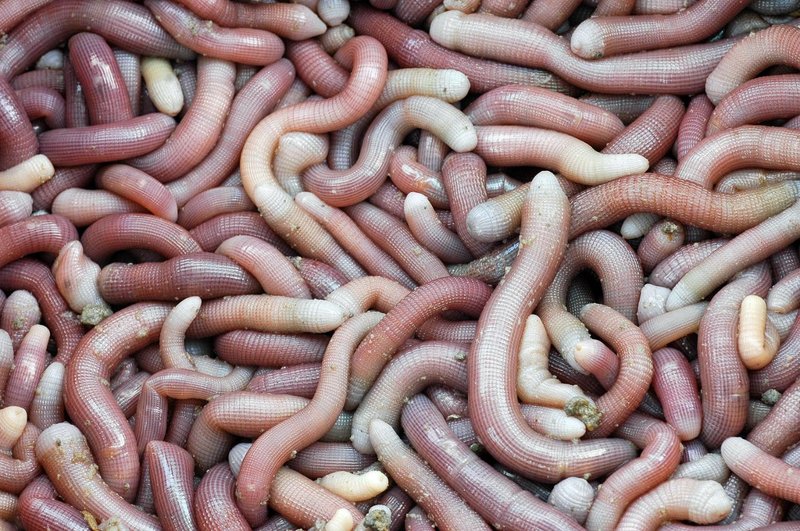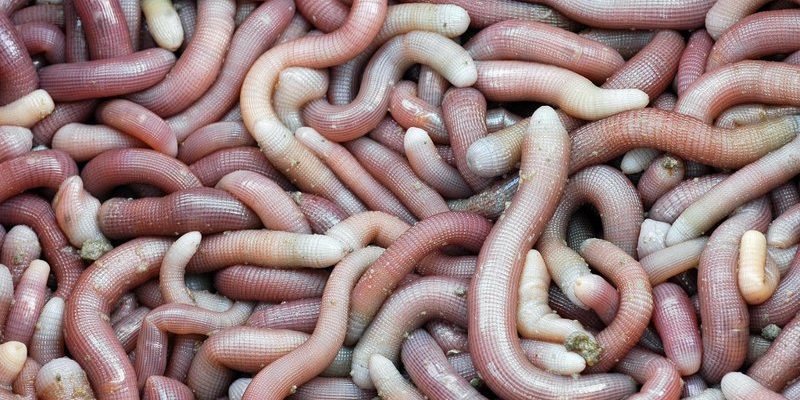
To put it simply, peanut worms, also known as *sipunculids*, are soft-bodied marine invertebrates that live in sandy or muddy environments. They have a long, cylindrical body that resembles a peanut when retracted, hence the name. They thrive in various ocean habitats, from shallow coastal areas to deeper ocean floors. Today, scientists are increasingly using peanut worms for *bioindication*, which is just a fancy way of saying they help us understand the state of the environment. Let’s dive deeper into how these unique creatures contribute to environmental monitoring!
What is Bioindication?
Before we get into the specifics of peanut worms, it’s good to understand the concept of bioindication. Bioindication is like having a reliable friend who always tells you what’s going on in the neighborhood. In this case, the ‘neighborhood’ is the environment, and the friend is a living organism that can reveal changes in ecological conditions.
Organisms like peanut worms are sensitive to environmental changes, such as pollution or fluctuations in salinity. They respond to these changes by altering their behavior, reproduction, and even their physical structure. By studying these changes, researchers can gather insight into the overall health of an ecosystem. If a particular species starts to decline, it might be a warning sign that something’s off in the environment—sort of like when you notice you’re feeling unwell; it could mean you need to take a closer look at your health.
Why Peanut Worms?
You might be wondering, why peanut worms in particular? There are plenty of organisms that contribute to environmental monitoring, so what sets these little guys apart? Well, peanut worms have several advantages that make them ideal for bioindication purposes.
First off, they are abundant in many marine habitats, making them easy to find and study. Their presence indicates a healthy environment, while a decline can signal issues like pollution. Their simple physiology also allows scientists to observe changes in their behavior and health quickly. Plus, they’re relatively easy to maintain in laboratory settings, which makes research more manageable.
Lastly, peanut worms can provide valuable data across different regions. Since they inhabit various marine environments, their responses can help track environmental changes on a larger scale, making them a vital tool for oceanographers and ecologists alike.
How Peanut Worms Indicate Environmental Health
So, how exactly do peanut worms signal changes in environmental conditions? They respond to various factors, including:
- Pollution: When toxic substances like heavy metals or chemicals enter the water, peanut worms may show adverse effects, such as reduced growth or reproduction rates.
- Salinity Changes: Changes in salinity due to freshwater influx or drought can stress peanut worms, leading to alterations in their distribution and behavior.
- Temperature Variations: Peanut worms are also affected by water temperature, which can impact their metabolic rates and life cycles.
Researchers often collect peanut worms from different locations to analyze their health and behavior. By comparing these samples, they can identify patterns and trends that indicate the overall health of the marine ecosystem.
Collecting Peanut Worms for Study
If you’re intrigued about using peanut worms for environmental monitoring, you may wonder how scientists collect them. The process is relatively straightforward but requires careful attention to detail.
Typically, researchers employ tools like sediment cores or hand nets to collect samples from sandy or muddy substrates. It’s essential to take samples from various locations to ensure a comprehensive understanding of the area’s health. Once collected, the worms are sorted and transported back to the lab for analysis.
In the lab, scientists will examine the worms for signs of stress or abnormality, such as physical deformities or changes in reproduction patterns. This can involve measuring certain biomarkers or even analyzing tissues for contaminants.
Case Studies: Real-World Applications
Let’s take a look at how peanut worms are used in real-world environmental monitoring. One notable example is the study of coastal waters impacted by industrial runoff. Researchers discovered that peanut worm populations dropped significantly in areas with high levels of pollutants. Their decline served as a clear indicator that something was wrong with the marine ecosystem.
In another case, scientists studying the effects of climate change in a specific region observed that rising sea temperatures led to stress responses in peanut worms. This research helped establish a direct link between rising temperatures and ecosystem health, prompting further investigation and conservation efforts.
These case studies illustrate how peanut worms can be powerful tools for understanding environmental changes, helping researchers and policymakers make informed decisions about conservation and pollution control.
Future Prospects for Using Peanut Worms in Monitoring
As we move further into an era of environmental awareness, the role of peanut worms in *bioindication* is likely to expand. Researchers are continually exploring new ways to utilize these organisms for effective environmental monitoring.
Advancements in technology, such as genetic analysis and remote sensing, can enhance our understanding of how peanut worms respond to environmental changes. Integrating these techniques could provide more precise data, allowing for better assessments of marine health.
Moreover, educating communities about the importance of peanut worms can foster a deeper appreciation for marine ecosystems. Local efforts to monitor their populations might inspire citizen science projects, where everyday people can contribute to scientific research and environmental stewardship.
Using peanut worms for environmental monitoring is a clever, practical approach to understanding our oceans’ health. They act as tiny indicators of change, helping us detect pollution and other stressors in marine environments. By studying these unique creatures, researchers can gather vital information that contributes to better conservation practices and policies.
As we continue to grapple with climate change and environmental degradation, keeping an eye on our marine friends like peanut worms becomes even more critical. So next time you hear about peanut worms, remember: they’re not just peculiar sea creatures; they’re essential players in the ongoing quest to protect our planet!

